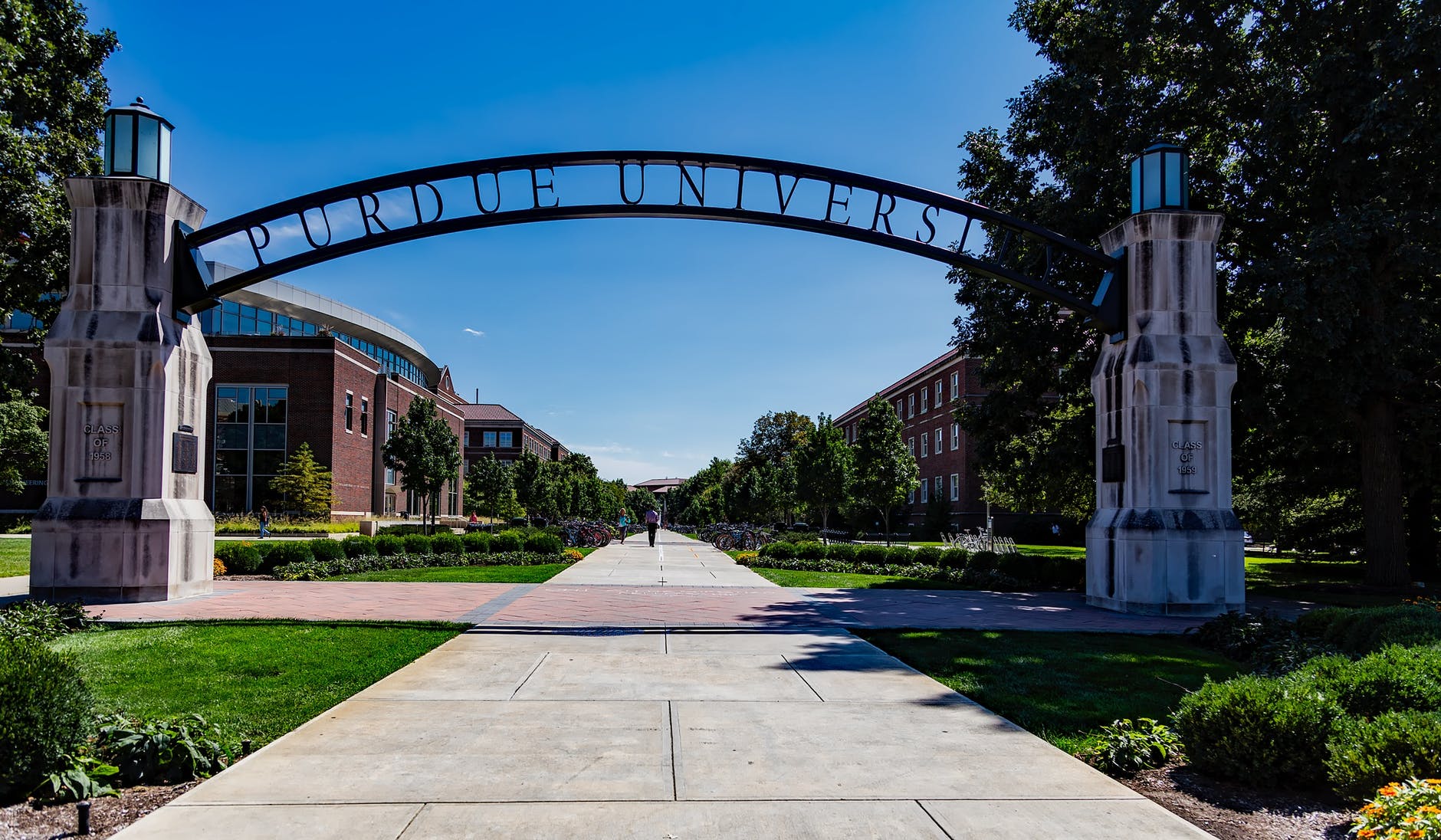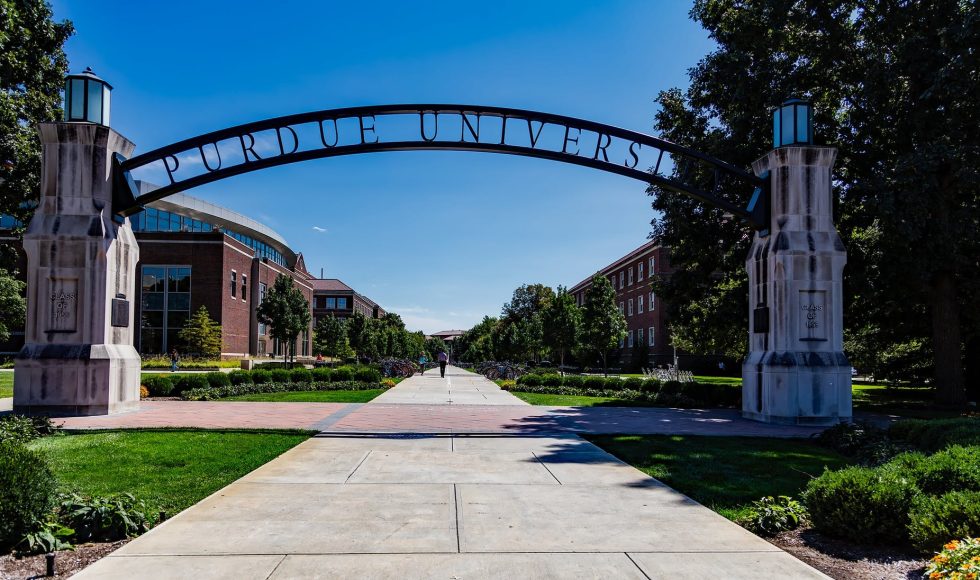Jim Luke reflected during OERxDomains21 on April 21 about the word choices we use and the metaphors in higher education. The session entitled “Reflecting on Market vs. Commons Rhetoric: Care and the Professor’s Dilemma” reviewed metaphors Luke collected after asking what metaphors we use in higher education on Twitter. People responded with pathways/guided pathways, workforce development pipeline, course delivery/modality, contact hours, content, higher education as marketplace of choices/ideas/degrees… and several others. I do use some of these! Luke explained how we often use rhetoric that describes “education as a market- hierarchy” with linear & transfer, products (credentials), measurement (assessment, return on investment), and hierarchy (silos, research/teaching). Luke then introduced “norms of market-hierarchy” and transactions and accumulation that occur during knowledge transfer. After this, Luke proposed rhetoric for a learning commons and community view of higher education. Using a tapestry metaphor, Luke emphasized collaborative and reciprocal roles. The Professor’s Dilemma, Luke proposes offers two views:
- Transactional: care is a cost
- Commons: care is reciprocal, and we are all on a level playing field
Luke emphasizes that the key to solving the dilemma is in the language we use. Laura Pasquini asked if it is really an either/or or could it be a both/and some more! I do agree with Luke that the language we use has profound implications. I am trying to self-correct and be more careful about using “pipelines” and “pathways” in writing and when communicating with students and instructors. I see how, as Luke eloquently described, these metaphors and rhetoric promote a transactional view of higher education. The Professor’s Dilemma is, I think, that we have been acclimated to the use of this language and internalized the way the system works. The goal of a commons view and tapestry-like metaphor is one openness strives for and will require changes in structure, reward systems, student expectations, and assessment. It will be a fun voyage… oh, another metaphor!
In another session, Joelle Thomas, Mary Mahoney and David Tatem from Trinity College presented “Creating an Open Digital Toolkit for First-year Students on Domains.” Tatum talked about the strategic plan for Trinity College from 2017 and how they connected their Digital Liberal Arts Framework to the student experience they were creating. In 2019 they started doing programming based on wellness, digital privacy, digital health. They made these digital resources and envisioned ways to have faculty use elements for their courses. Tatum emphasized that they wanted learners to take ownership of their digital presence and create. Domains was a good match for the goals of this project and for students to experiment. Using a survey for faculty and first-year student mentors (graduate students), the team selected topics such as time management, how to write an email, supporting services on campus, adulting programs, and picking a topic for research. The team used Canva first to create materials, and then realized scaling up would not work. They then moved to WordPress and the Elementor plug in to create resources. The team then asked how others are designing similar frameworks. Thomas and Mahoney mentioned that they are working with various offices including the accessibility office on their campus to build these resources. They are also “building co-creation into it” by including students in the process. I appreciate how the team explained how the pandemic slowed them down and also helped them thing carefully about the digital divide. I love WordPress and have been reading a little about Elementor. I also realize that the Delftia group knows much more about WordPress now! I did realize while listening to this presentation that we could talk about digital health and privacy as part of the co-creation process. I wonder if this could be a short video module or activity we can design with the Libraries?



